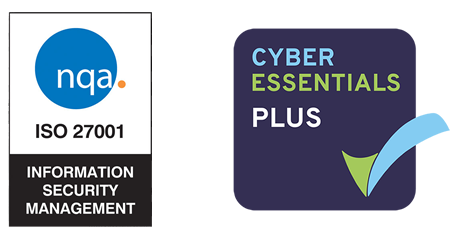However, simply understanding the term doesn’t mean your organisation has embraced it or that you should expect to see it as a line item in the yearly budget. On the contrary, research shows that in reality only a small number of organisations are embracing transformation in a manner that meets the true definition. Further more and most disappointingly, other research emphasises just how few are achieving success once they’ve started on their transformation journey!
With that said you’re probably wondering why then would an IT organisation be posting about a Digital Transformation Pyramid. As a trusted Microsoft Gold Partner, we’ve assisted many organisations in helping them understand their situation and whilst it’s not our place to help define the Business Strategies and associated Business Models, layer 1 of the pyramid, that our customer organisations follow, we do aid them with their journey of digital evolution which impacts levels 2 and 3.
The Digital Transformation Pyramid isn’t something that we at Elysian claim to have derived, no for that I’d steer you towards Patrick Turchi. But we do embrace its applicability to the corporate environment. So let’s review, and advocate, Patrick’s pyramid.

Layer 1 - Business Strategy
The importance of strategy in Digital Transformation processes is critical to the success of any organisation in achieving its aims. When defining the Business Strategy in a digital (or digitally-enabled) environment, corporates have to evaluate the opportunities and impacts (as well as potential threats) of technology-enabled Business Models.
This is a layer that we at ElysianIT relish being included in the board-level discussion on, as one of the most vital roles we provide to all of our clients is the ability to work with them to understand their technology roadmap and feed into them any future technology or security threats which may have an impact.
In the majority of our engagements, we find that clients have a clear view of where they want the organisation to be, but not necessarily understand how IT can facilitate their journey.
Layer 2 - Corporate Execution
Execution is the key to corporate transformation, and Digital Transformation programs do not work differently. The core purpose of technology is to impact the organisational operating model and the day-to-day operations of an organisation in a positive way.
During most engagements, there is an element of strategic review, during these sessions we take in our client’s operating needs and feedback with knowledge combined with our understanding of the current operating model, and what a sensible future operating model would look like to fulfil our clients’ requirements and achieve their goals.
It’s typically at this point that we highlight any technological improvements which may add benefit and help determine the roadmap for deliverables at a given client. The reason we think this is a vital process is that we are not just about delivering point solutions, at ElysianIT we look to create added value with every engagement.
Layer 3 - Technology
As mentioned at the beginning, Technology is not the core of Digital Transformation but is actually its enabler. Technology serves (and supports) the realisation of the business target and objective through the ‘execution’ blocks. This is where our Microsoft Gold Partner status and combined decades of IT experience shines through. In truth, technology is the driver of changes on each level of the pyramid, and being able to identify the impact of technology on each level of the pyramid is a key strategic corporate capability. For example, with improved technology comes increased transparency which facilitates strategic decision-making. It delivers greater agility and collaboration which promotes and delivers operational efficiencies. Your IT estate is the bedrock of your organisation, you simply need to understand where you’re at with your Digital Transformation journey.




